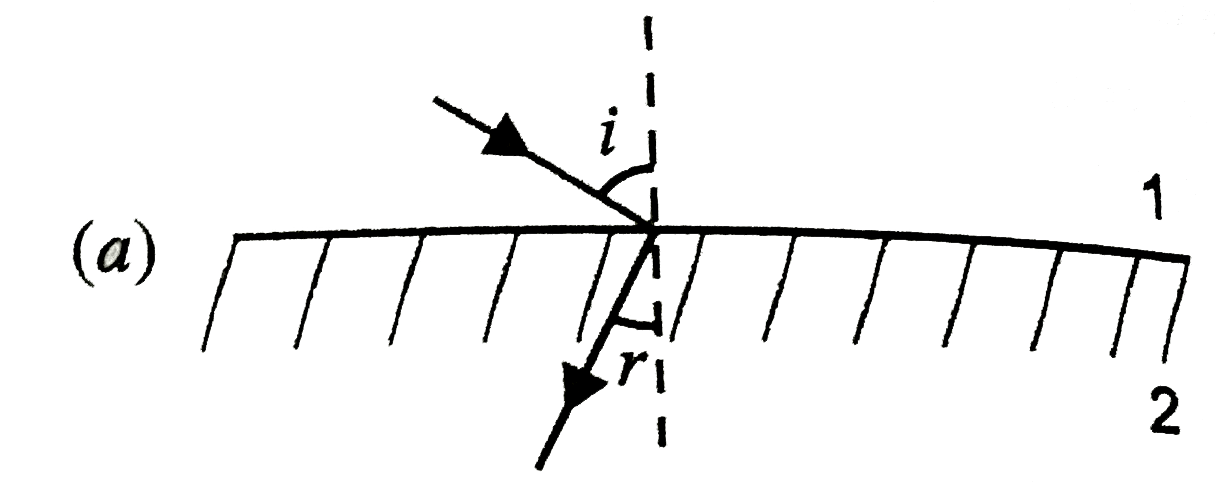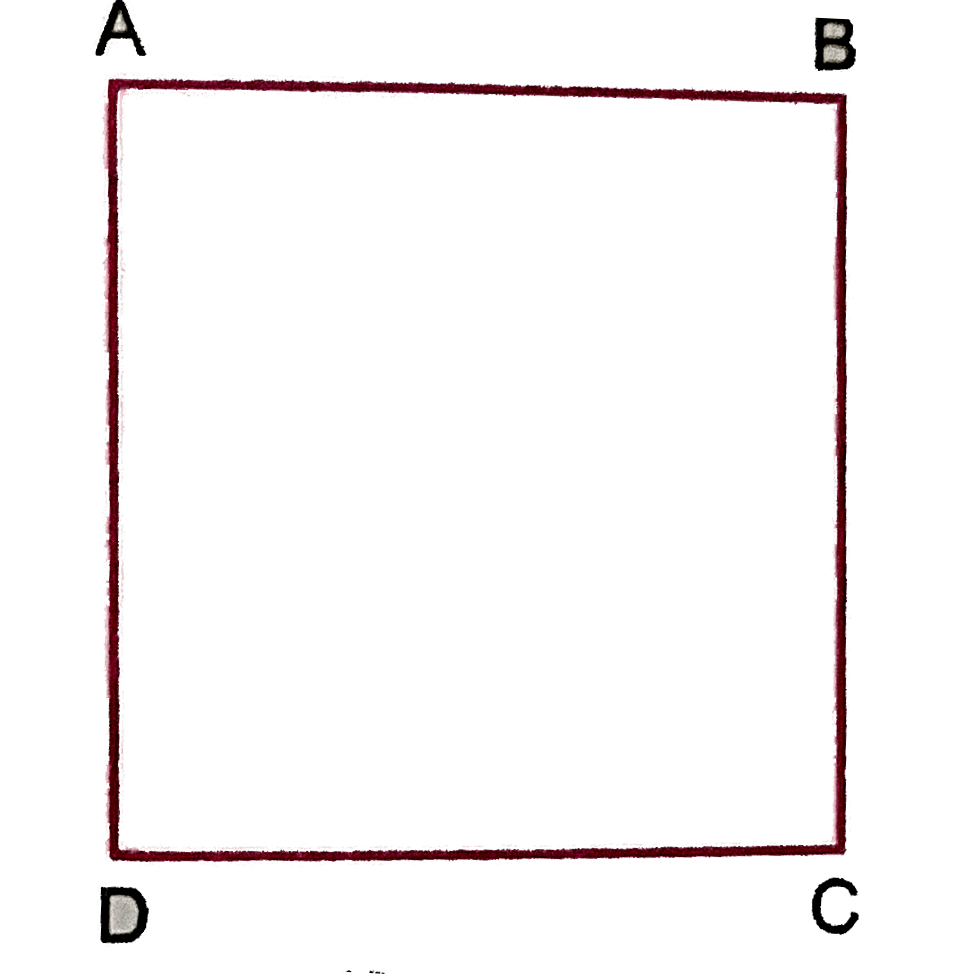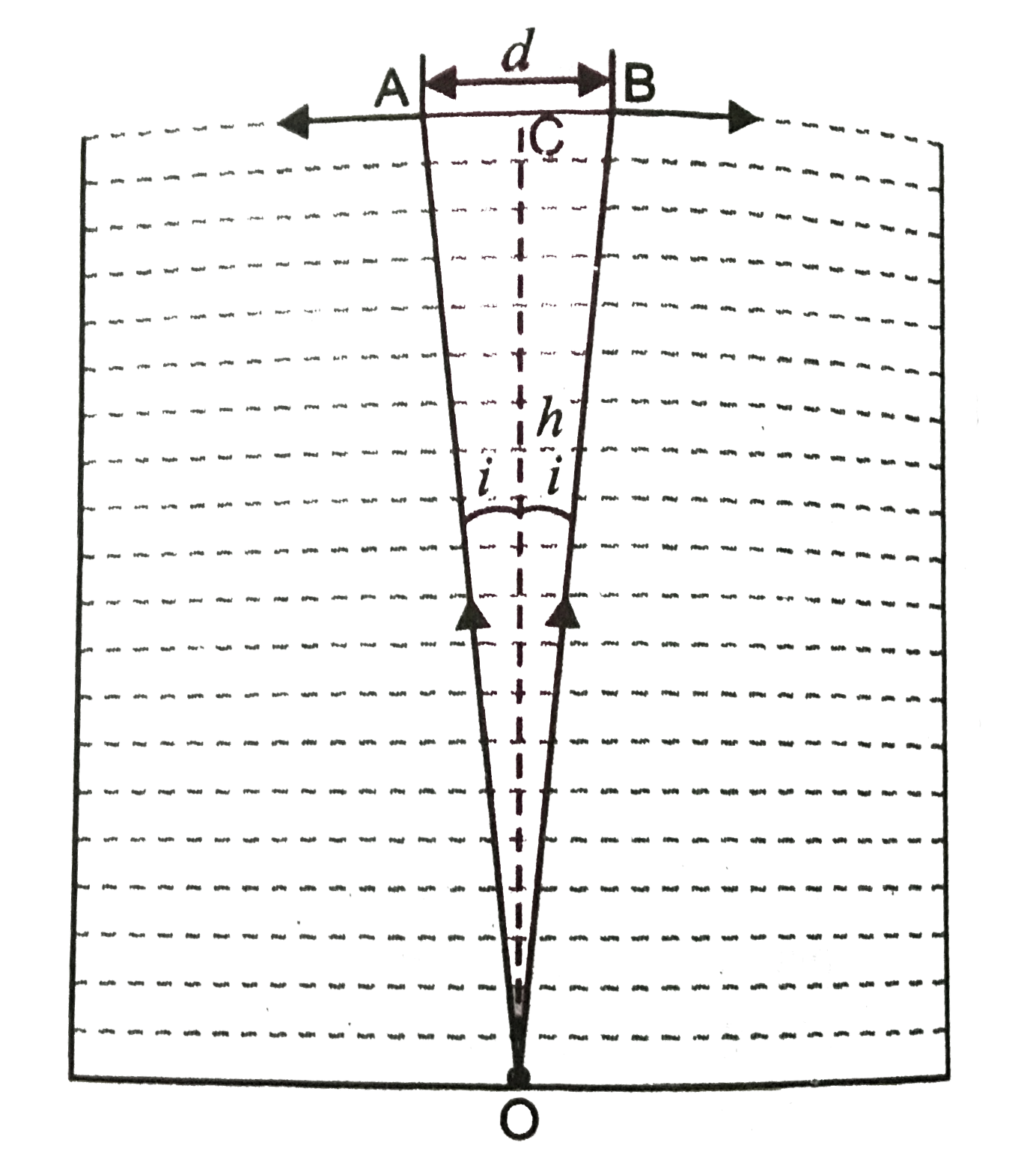Complete Solutions to Ray Optics And Optical Instruments of chapter RAY OPTICS AND OPTICAL INSTRUMENTS of Class 12 book with complete answers and questions
| Class 12 | PHYSICS |
| Chapter | RAY OPTICS AND OPTICAL INSTRUMENTS |
| NCERT EXEMPLAR | Ray Optics And Optical Instruments |
| Number Of Questions | 32 |
| Academic Year | 2023-24 |
A ray of light incident at an angle `theta` on a refracting face of a prism emerges from the other face normally. If the angle of the prism is `5^@` and the prism is made of a material of refractive index `1.5`, the angle of incidence is.
View SolutionA short pulse of white light is incident from air to a glass slab at normal incidence. After travelling through the slab, the first color to emerge is.
View SolutionAn object approaches a convergent lens from the left of the lens with a uniform speed `5 m//s` and stops at the focus. The image.
View SolutionA passenger in an airplane shall
View SolutionYou are given four sources of light each one providing a light of a single color-red, blue, green and yellow. Suppose the angle of refraction for a beam of yellow light corresponding to a particular angle of incidence at the interface of two media is `90^@`. Which of the following statements is correct it the source of yellow light is replaced with that of other lights without changing the angle of incidence ?
View SolutionThe radius of curvature of the curved surface of a plano-convex lens is `20 cm`. If the refractive index of the material of the lens be `1.5`, it will
View SolutionThe phenomena involved in the reflected of radio waves by ionosphere is similar to.
View SolutionThe direction of ray of light incident on a concave mirror is shown by `PQ` while directions in which the ray would travel after reflection is shown by four rays marked `1,2,3` and `4`, Fig. Which of the four rays correctly shows the direction of reflected ray ?
 .
.
View SolutionThe optical density of turpentine is higher than that of water, while its mass density is lower. Fig. shows a layer of turpentine floating over water in a container. For which one of the four rays incident on turpentine in Fig., the path shows is correct ?
 .
.
View SolutionA car is moving with a constant speed of `60 km h^-1` on a straight road. Looking at the rear view mirror, the driver finds that the car following him is at a distance of `100 m` and is approaching with a speed of `5 km h^-1`. In order to keep track of the car in the rear, the driver begins to glane alternatively at the rear and side mirror of his car after every `2 s` till the other car overtakes. If the two cars were maintaining their speeds, which of the following statement (s) is/are correct ?
View SolutionThere are certain materials developed in laboratories which have a negative refractive index, Fig. A ray incident from air (medium 1) into such a medium (medium 2) shall follow a path given by
 .
.
View SolutionConsider an extended object immersed in water contained in a plane through. When seen from close to the edge of the through, the object looks distorted because.
View SolutionA rectangular block of glass `ABCD` has a refractive index `1.6`. A pin is placed midway on the face `AB`, Fig. When observed from the face `AD`, the pin shall.
 .
.
View SolutionBetween the primary and secondary rainbows, there is a dark band known as Alexander's dark band. This is because
View SolutionA magnifying glass is used, as the object to be viewed can be brought closer to the eye than the normal near point. This results in.
View SolutionAn astronomical refractive telescope has an objective of focal length `20 m` and an eyepiece of focal length `2 cm`.
View SolutionWill the focal length of a lens for red light be more, same or less than that for blue light ?
View SolutionThe near vision of an average person is `25 cm`. To view an object with an angular magnification of `10`, what should be the power of the microscope ?
View SolutionAn unsymmeterical double convex thin lens forms the image of a point object on its axis. Will the position of the image change if the lens is reversed ?
View SolutionThree immiscible liquids of densities `d_1 gt d_2 gt d_3` and refractive indices `mu_1 gt mu_2 gt mu_3` are put in a beaker. The height of each liquid column is `(h)/(3)`. A dot is made at the bottom of the beaker. For near normal vision, find the apparent depth of the dot.
View SolutionThe angle of minimum deviation for a glass prism with `mu=sqrt3` equals the refracting angle of the prism. What is the angle of the prism?
View SolutionA short object of length `L` is placed along the principal axis of a concave mirror away from focus. The object distance is `u`. If the mirror has a focal length `f`, what will be the length of the image ? You may take `L lt lt | u - f |`.
View SolutionA circular disc of radius 'R' is placed co-axially and horizontally inside and opaque hemispherical bowl of radius 'a', Fig. The far edge of the disc is just visible when viewed from the edge of the bowl. The bowl is filled with transparent liquid of refractive index `mu` and the near edge of the disc becomes just visible. How far below the top of the bowl is the disc placed ?
 .
.
View SolutionA thin convex lens of focal length `25 cm` is cut into two pieces `0.5 cm` above the principal axis. The top part is placed at (0,0) and an object placed at `(-50 cm, 0)`. Find the coordinates of the image.
View SolutionIn many experimental set-ups the source and screen are fixed at a distance say `D` and the lens is movable. Show that there are two positions for the lens for which an image is formed on the screen. Find the distance between these points and the ratio of the image sizes for these two points.
View SolutionA jar of height h is filled wih a transparent liquid of refractive index `mu`, Fig. At the centre of the jar on the bottom surface is a dot. Find the minimum diameter of a disc, such that when placed on the top surface symmetrically about the centre, the dot is invisible.
 .
.
View SolutionA myopic adult has a far point at `0.1 m`. His power of accomodation is `4` diopters.
(i) What power lenses are required to see distant objects ?
(ii) What is his near point without glasses ?
(iii) What is his near point with glasses ? (Take the image distance from the lens of the eye to the retina to be 2 cm).
View SolutionShow that for a material with refractive index `mu ge sqrt(2)`, light incident at any angle shall be guided along a length perpendicular to the incident face.
View SolutionThe mixture of a pure liquid and a solution in a along vertical column (i.e., horizontal dimensions `lt lt` vertical dimensions) produces diffusion of solute particles and hence a refractive index gradient along the vertical dimension. A ray of light entering the column at right angles to the vertical is deviated from its original path. Find the deviation in travelling a horizontal distance `d lt lt h`, the height of the column.
View SolutionIf light passes near a massive object, the gravitational interaction causes a bending of the ray. This can be thought of as happening due to a change in the effective refractive index of the medium given by `n( r) = 1+ 2 GM//rc^2`
where `r` is the distance of the point consideration from the centre of the mass of the massive body, `G` is the universal gravitational constant, `M` the mass of the body and `c` the speed of light in vacuum. Considering a spherical object, find the deviation of the ray from the original path as it grazes the object.
View SolutionAn infinitely long cylinder of radius `R` is made of an unusual exotic material with refractive index `(-1)`, Fig. The cylinder is placed between two planes whose normals are along the y direction. The center of the cylinder `O` lies along the y-axis. A narrow laser beam is directed along the y-direction from the lower plate. The laser source is at a horizontal distance `x` from the diameter in the `y` direction. Find the range of `x` such that light emmited from the lower plane does not reach the upper plane.
 .
.
View Solution(i) Consider a thin lens placed between a source (S) and an observer (O), Fig. Let the thickness of the lens vary as `w (b) = w_0 - (b^2)/(prop)`, where `b` is the vertical distance from the pole. `w_0` is a constant. Using Fermat's principle, i.e., the time of transit for a ray between the source and observer is an extremism, find the condition that al paraxial rays starting from the source will converge at a point `O` on the axis. Find the focal length.
(ii) A gravitational lens may be assumed to have a varying width of the form
`w(b) = k_1 In ((k_2)/(b)) b_min lt b lt b_(max) w(b) = k_1 In ((k_2)/(b_(min))) b lt b_(min)`
Show that an observer will see an image of a point object as a ring about the center of the lens with an angular radius `beta = sqrt(((n - 1) k_1 (u)/(v))/(u + v))`.
 .
.
View Solution
Ray Optics And Optical Instruments questions and complete solutions for chapter RAY OPTICS AND OPTICAL INSTRUMENTS of NCERT PHYSICS (HINGLISH) of Class 12